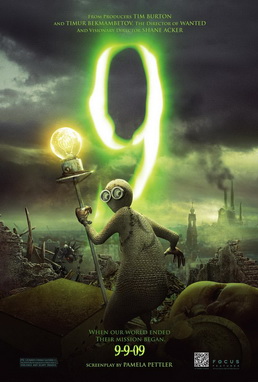This blog was originally going to be a lament about the loss of one of the most literary YA series to grace the shelves of bookstores and classrooms this decade, The Monstrumologist series by Rick Yancey. Earlier this month, the series was cancelled by Simon & Schuster, and Yancey spoke about his disappointment on Leila Roy's Bookshelves of Doom blog. Then Stephanie Oakes from her Stephanie Reads blog started a campaign to save the series. Less than a week later, Simon & Schuster announced they would publish the fourth book, supposedly the last in the series (come ON Rick, PLEASE don’t stop…).
In anticipation if the third book, “The Isle of Blood”, it is time for those of you out there who love quality YA fiction to go out and buy the first two books anyway you can, and show up in HOARDS on Sept. 13 and buy “The Isle of Blood”. There is a lot of “buzz” out there about this series, but “buzz” obviously does not keep books in print, buying books does. I buy books all the time, from Barnes & Noble, several used bookstores where I live, and even Goodwill. I flood my classroom with books that matter (and some honestly, some that don’t). This fosters a culture of reading in the classroom that is second to none. I have five copies of “The Monstrumologist” in my classroom, and two at home. I loved “The Curse of the Wendigo” too, and have shared my personal copies with students who couldn’t wait for the library to get them in stock.
There is just enough of everything in the Monstrumologist series to make it cross over several genres, making it appealing to a broad group of readers. Speculative fiction has probably the broadest umbrella, but this is definitely for the horror/thriller aficionado, historical fiction fan, it has elements of steampunk and is deep in detail and grand in scope. This is a book written by a man, with male leads, that appeals to a male (and female) audience, and is challenging. If you are a fan of Young Adult Literature (and this IS literature) you MUST make room on your shelf for this amazing series. If you have “The Hunger Games” on your shelf, good for you, it’s great. Now, slide it over and make room for the Montrumologist series.
Monstrumology has been saved, for now. Make sure it stays that way, and in print, buy the books! Heck, buy the ebook, too! Tell your friends! Drive them to the store on Sept. 13th! Because if you don’t we’ll just be stuck with dreck that can be cranked out by plot engines, composed by computers and tapped out in ebook form, with someone’s “name” on it but no author required. There is a reason the industry is downsizing and book sellers are going bankrupt. Here is your opportunity to say, “Not today!”







